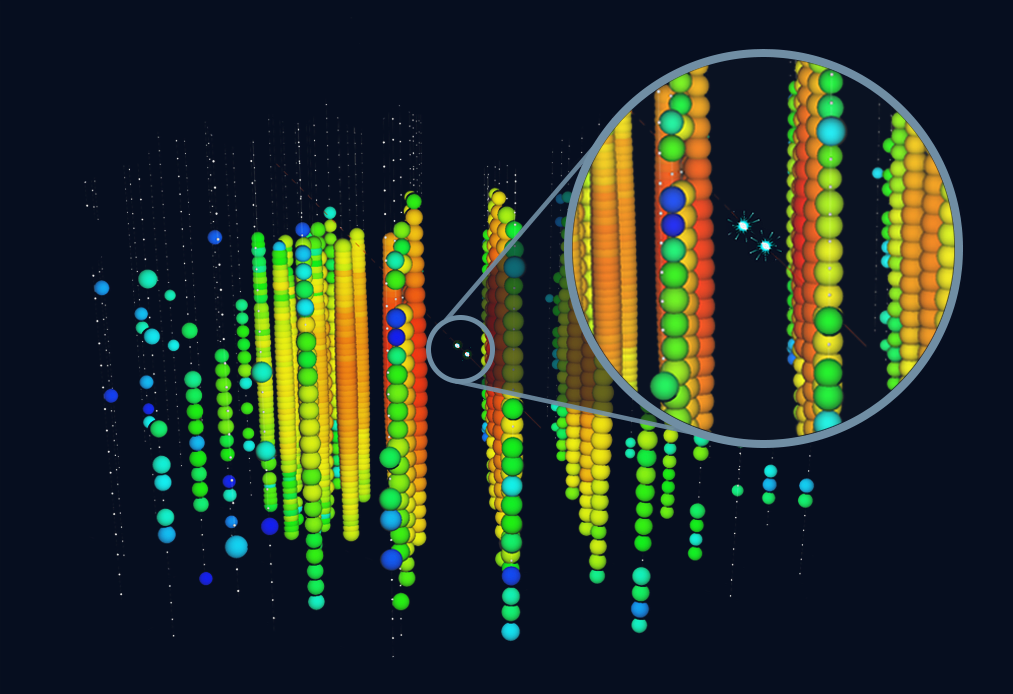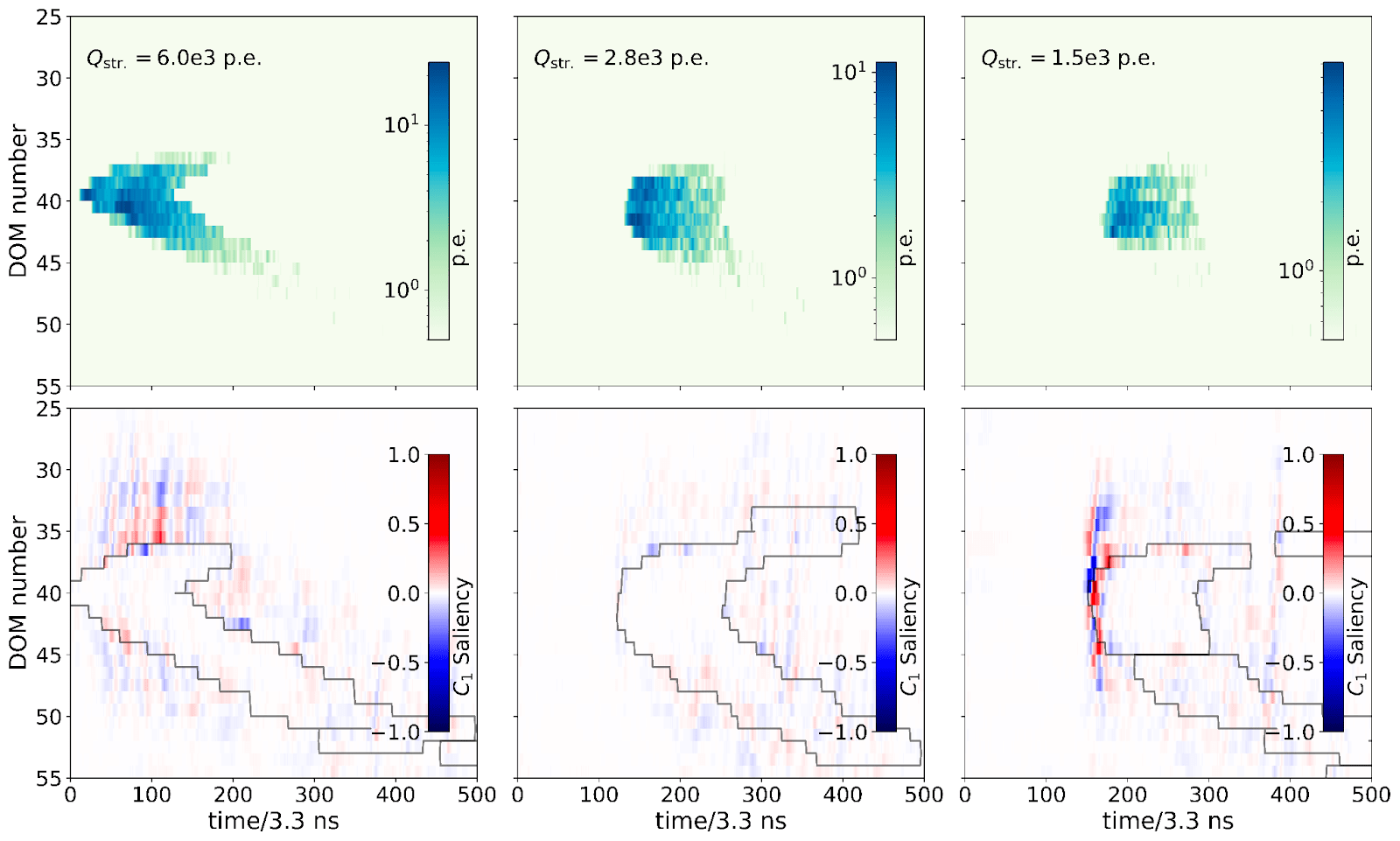Neutrinos are tiny, weakly interacting subatomic particles that can travel astronomical distances undisturbed. As such, they can be traced back to their sources, revealing the mysteries surrounding the cosmos. High-energy neutrinos that originate from the farthest reaches beyond our galaxy are called astrophysical neutrinos and are the main subject of study for the IceCube Neutrino Observatory, a cubic-kilometer-sized neutrino telescope at the South Pole. In 2013, IceCube presented its first evidence of high-energy astrophysical neutrinos originating from cosmic accelerators, beginning a new era in astronomy.
These cosmic messengers come in three different flavors: electron, muon, and tau, with astrophysical tau neutrinos being exceptionally difficult to pin down. Now, in a new study recently accepted as an “Editors’ Suggestion” by Physical Review Letters, the IceCube Collaboration presents the discovery of the once-elusive astrophysical tau neutrinos, a new kind of astrophysical messenger. The paper was also selected for PRL’s Collection of the Year 2024.

IceCube detects neutrinos using cables (strings) of digital optical modules (DOMs), with a total of 5,160 DOMs embedded deep within the Antarctic ice. When neutrinos interact with molecules in the ice, charged particles are produced that then emit blue light while traveling through the ice, which is then registered and digitized by the individual DOMs. The light produces distinctive patterns, one of which is double cascade events from high-energy tau neutrino interactions within the detector.

Since prior IceCube analyses saw hints from searches for subtle signatures produced by astrophysical tau neutrinos, the researchers remained motivated to pinpoint tau neutrinos. After rendering each event into three images (see figure below), they trained convolutional neural networks (CNNs) optimized for image classification to distinguish images produced by tau neutrinos from images produced by various backgrounds. After having simulations run that confirmed its sensitivity to tau neutrinos, the technique was then applied to 10 years of IceCube data acquired between 2011 and 2020. The result was seven strong candidate tau neutrino events.
“The detection of seven candidate tau neutrino events in the data, combined with the very low amount of expected background, allows us to claim that it is highly unlikely that backgrounds are conspiring to produce seven tau neutrino imposters,” said Doug Cowen, a professor of physics at Penn State University and one of the study leads. “The discovery of astrophysical tau neutrinos also provides a strong confirmation of IceCube’s earlier discovery of the diffuse astrophysical neutrino flux.”

Cowen added that the probability of the background mimicking the signal was estimated to be less than one in 3.5 million.
Future analyses will incorporate more of IceCube’s strings, since this study used just three of them. The new analysis would increase the sample of tau neutrinos that can then be used to perform the first three-flavor study of neutrino oscillations—the phenomenon where neutrinos change flavors—over cosmological distances. This type of study could address questions such as the mechanism of neutrino production from astrophysical sources and the properties of space through which neutrinos travel.
Currently, there is no tool specifically designed to determine the energy and direction of tau neutrinos that produce the signatures seen in this analysis. Such an algorithm could be used to better differentiate a potential tau neutrino signal from background and to help identify candidate tau neutrinos in real time at the South Pole. Similar to current IceCube real-time alerts issued for other neutrino types, alerts for tau neutrinos could be issued to the astronomical community for follow-up studies.
All in all, this exciting discovery comes with the “intriguing possibility of leveraging tau neutrinos to uncover new physics,” said Cowen.
*UPDATE 2/3/25: A new version of the article mentions the paper’s selection for PRL’s Collection of the Year 2024.
+ info “Observation of Seven Astrophysical Tau Neutrino Candidates with IceCube,” The IceCube Collaboration: R. Abbasi et al., Physical Review Letters 132 (2024) 15, 151001, journals.aps.org, arXiv